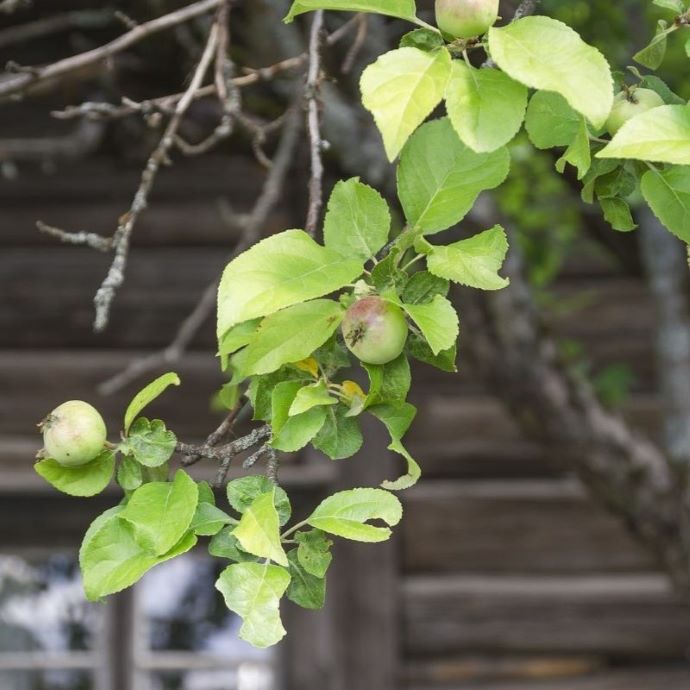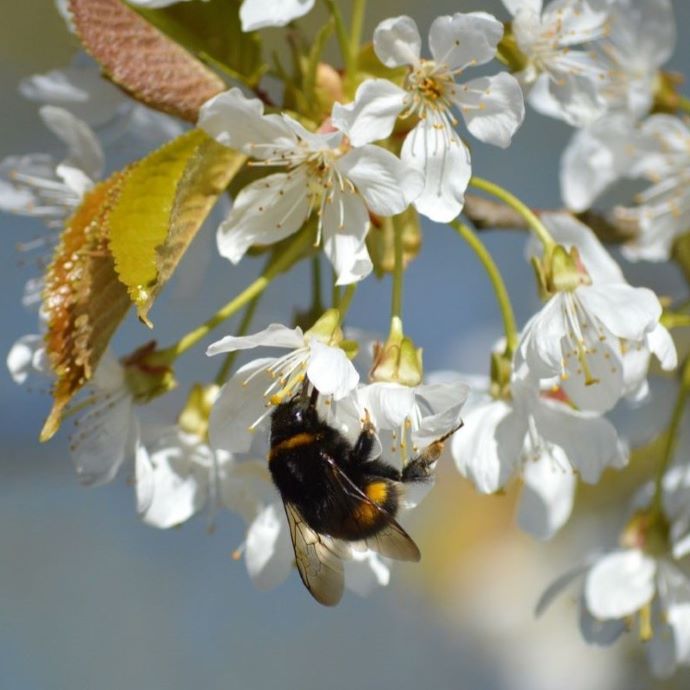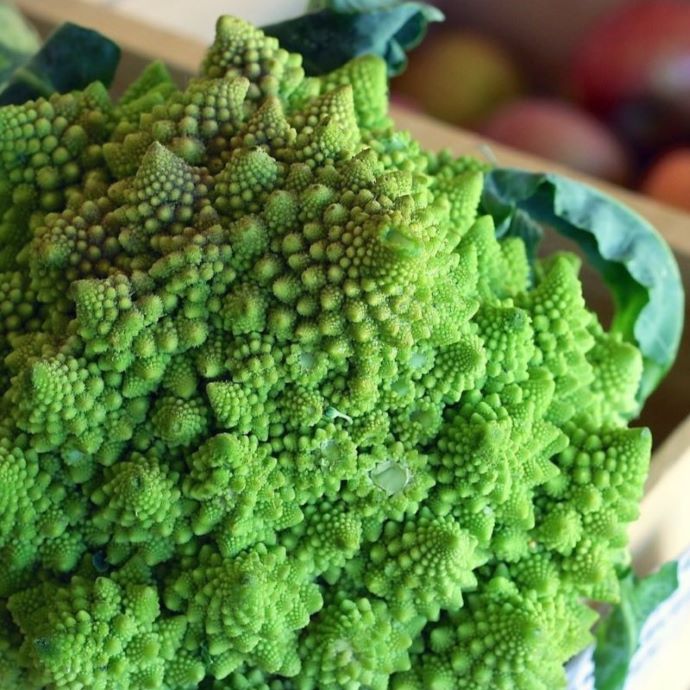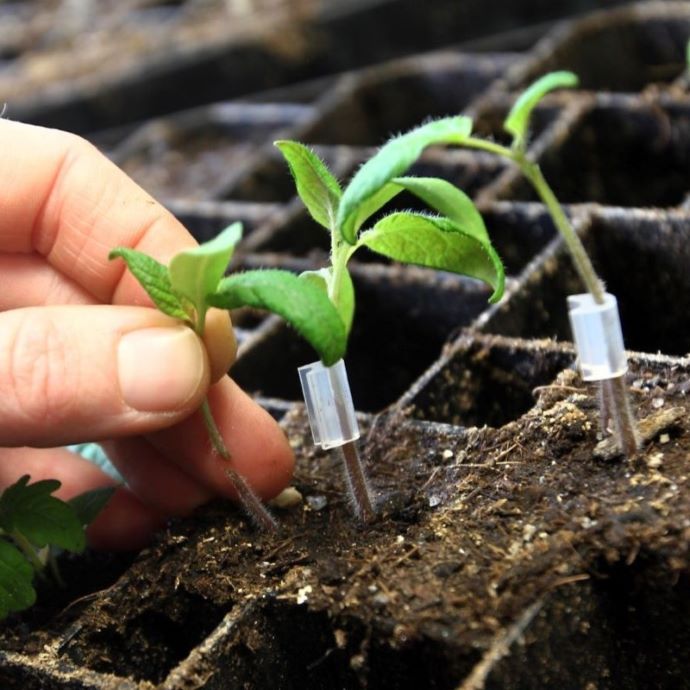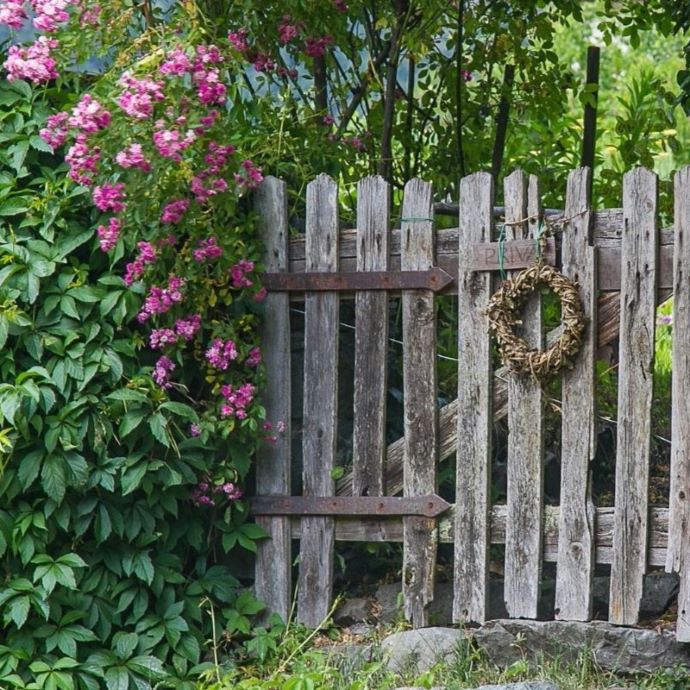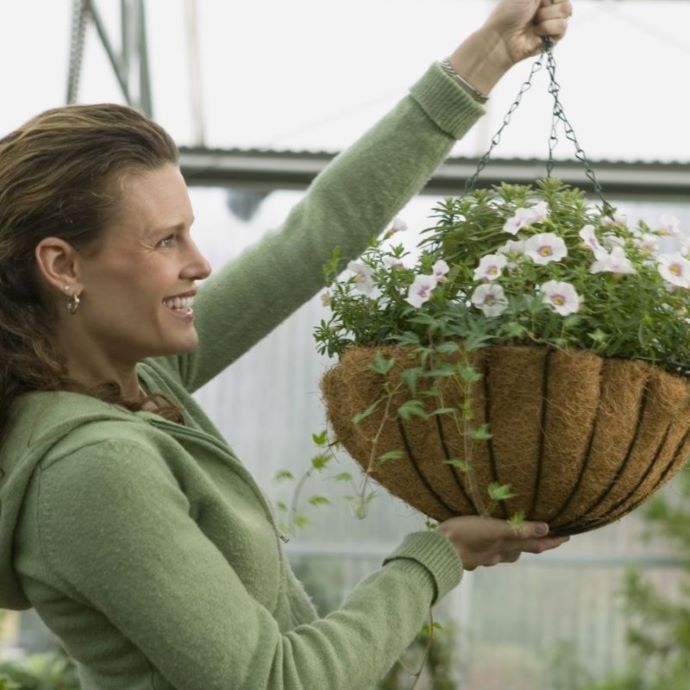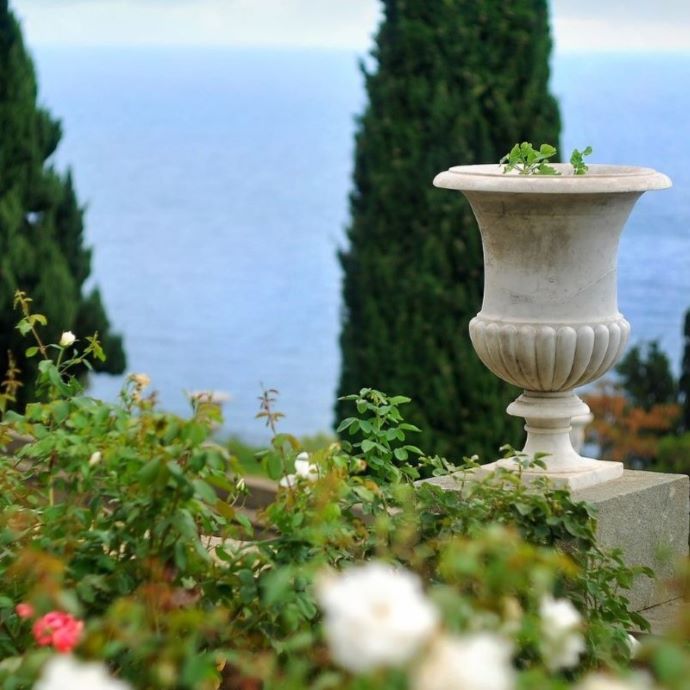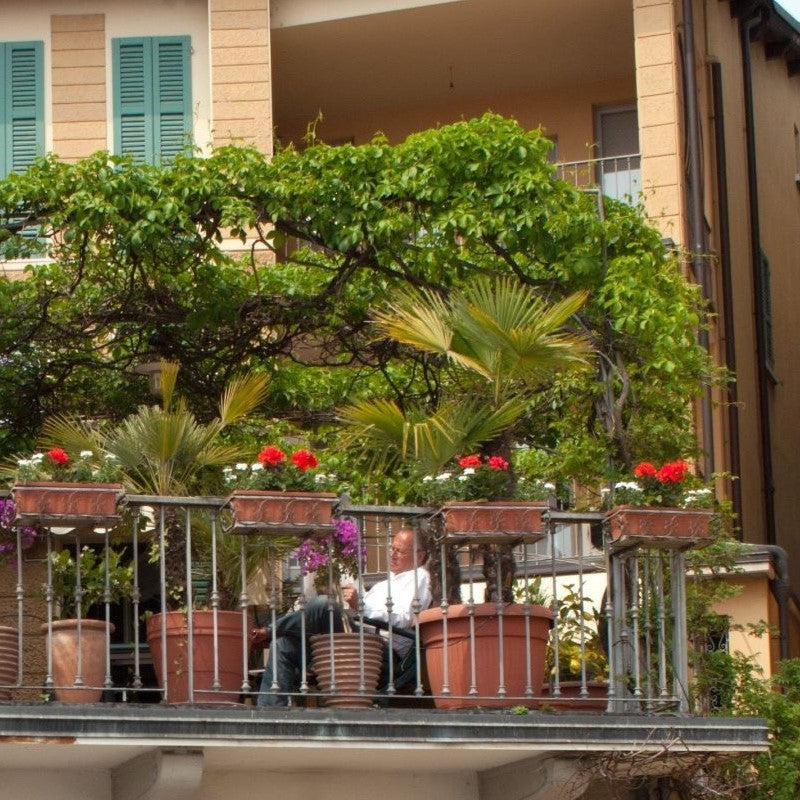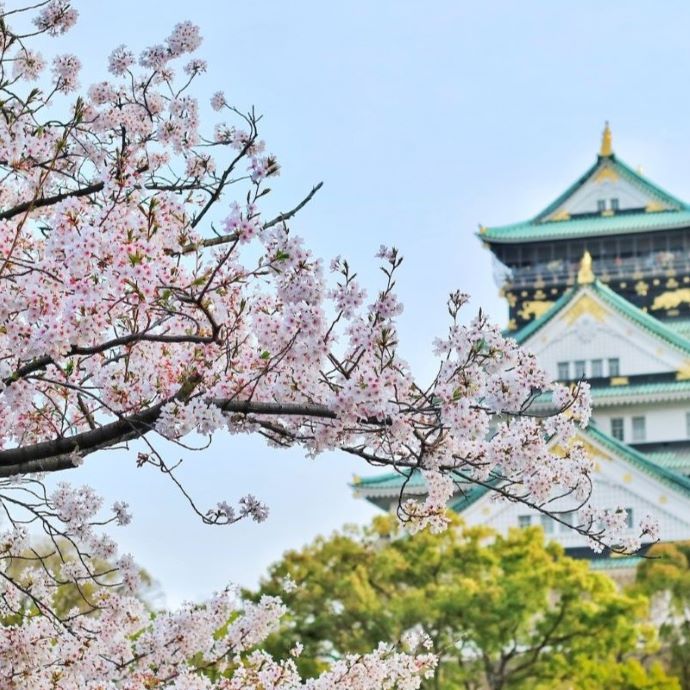Advice & Inspiration
Pink Lady Apple Trees: The Best Alternatives to Grow in the UK

They’re amongst the world’s most popular dessert apples, famed for their sweet-tart balance and good crunch. They are, of course, Pink Lady apples. A supermarket staple first grown in Australia back in 1973, Malus domestica ‘Cripps Pink’, better known as Pink Lady, has established itself as a commercial heavy hitter, thanks to its concerted branding efforts and undoubtedly stellar taste.
There’s just one slight problem, however… You’re not allowed to grow them here in the UK! We’ll get into why that is exactly in this post, as well as exploring viable alternatives worth considering for your own garden.
Jump to:
- What are Pink Lady apples?
- Why can't they be grown in the UK?
- Where are they grown?
- Alternatives to Pink Lady apples
- Other apple brands
What are Pink Lady apples?
Pink Lady is a registered trademark applied to only the most premium of ‘Cripps Pink’ apples that are grown (roughly one-third make the cut while the remainder are sold under the variety name). The apple is a cross between two popular varieties, ‘Golden Delicious’ and ‘Lady Williams’, and is very much marketed as a premium product. They have a predominantly red-blushed appearance and require a long ripening period.

Why can’t Pink Lady apples be grown in the UK?
To ensure the brand’s continued success, the UK, to date, hasn’t been a country licensed to grow Pink Lady apples; the climatic conditions aren’t deemed conducive to growing the kind of quality apples that the brand requires. Now, does that stop people from still referring to the brand name and not the cultivar? No. Should they? Also no.
Importantly, the apples can still be sold in the UK, just not grown, which explains why you’ll see them lining supermarket shelves. This also goes some of the way to explaining just why they’re so expensive compared with most other apples – not only are they positioned as a more high-end apple in the first place, they also have to be shipped in, which invariably drives up the cost, which has to be footed by the consumer.
For context, at the time of writing, a five-pack of Pink Lady apples from Tesco will set you back £2.80, while a five-pack of its British apples costs only £1.70. That may not seem a lot, but when you consider it in percentage terms, the British pack costs almost 40% less than the Pink Lady apples. Yikes.
Where are Pink Lady apples grown?
According to Pink Lady’s website – that’s right, this apple is so fancy it has its own website – countries have been selected to grow the apples thanks to their climate and soil quality. Pink Lady apples have permission to be grown in a variety of countries, including France, Spain, Italy, Australia, New Zealand, South Africa, Chile and Argentina.

Alternatives you can grow in the UK
So, you know you like the taste and texture of Pink Lady apples and you’ve decided you want to be able to pick them (or at least something similar) from your doorstep. You’ve got two main options.
The first option is to purchase and plant a ‘Cripps Pink’ apple tree and hope your tree proves those growers over at Pink Lady wrong. Your second option is to purchase an apple tree whose fruit shares some similar characteristics, texturally and flavour-wise, but which is better-suited to the UK climate.
Below, we’ve listed some of the best alternative apple trees you can grow instead of a Pink Lady tree:
‘Braeburn Hillwell’
A red sport (genetic mutation) of the ‘Braeburn’ apple, ‘Braeburn Hillwell’ boasts fruit with a balanced flavour profile, combining both sweet and tart notes. The apples have a good, crisp bite and are often produced in abundance in warmer parts of the country.

‘Golden Delicious’
Slightly less tart than Pink Lady apples but otherwise pretty similar in terms of taste, ‘Golden Delicious’ apples are certainly worthy of the moniker. A great dual-purpose variety, the yellow-skinned fruits work brilliantly in apple pies, crumbles and cakes.

‘Granny Smith’
On the more tart end of the spectrum is ‘Granny Smith’, funnily enough another originally Australian variety, first grown in a Sydney suburb back in the 19th century. Bright green in appearance – the kind of apple you’d get if you asked a child to draw one – and with real tanginess, these apples remain popular for a reason.

Try something different…
Another option, of course, is to try something different altogether. Pink Lady apples are nice and all, but they’re not the be all and end all when it comes to tasty apples! There are so many amazing varieties to choose from, including interesting heritage varieties like ‘Bloody Ploughman’, ‘Pitmaston Pineapple’ and ‘Egremont Russet’, as well as more modern contenders, such as ‘Katy’, ‘Fiesta’ and ‘Jonagold’.
Other apple brands
Pink Lady apples are far from the only apples to have the brand treatment. Other trademarked apples include SnapDragon, Kanzi, Envy and Cosmic Crisp. The power of branding, eh? The question remains, however, whether they are worthy of the hype or just covered in clever marketing gloss? That’s for you to decide, but insofar as Pink Lady apples are concerned, at least, we’ve got to admit they’re pretty dang delicious.
Final thoughts
If you want to continue forking out an arm and a leg for your Pink Lady apples, we don’t blame you, but hopefully having read this you’ll realise there are some great alternatives out there that you’re actually allowed to grow in the UK. We’ve previously written about all manner of apple tree-related things, including how to store homegrown apples, rare apple varieties, self-fertile apple trees and even how to make your own cider, so make sure to check those out.
